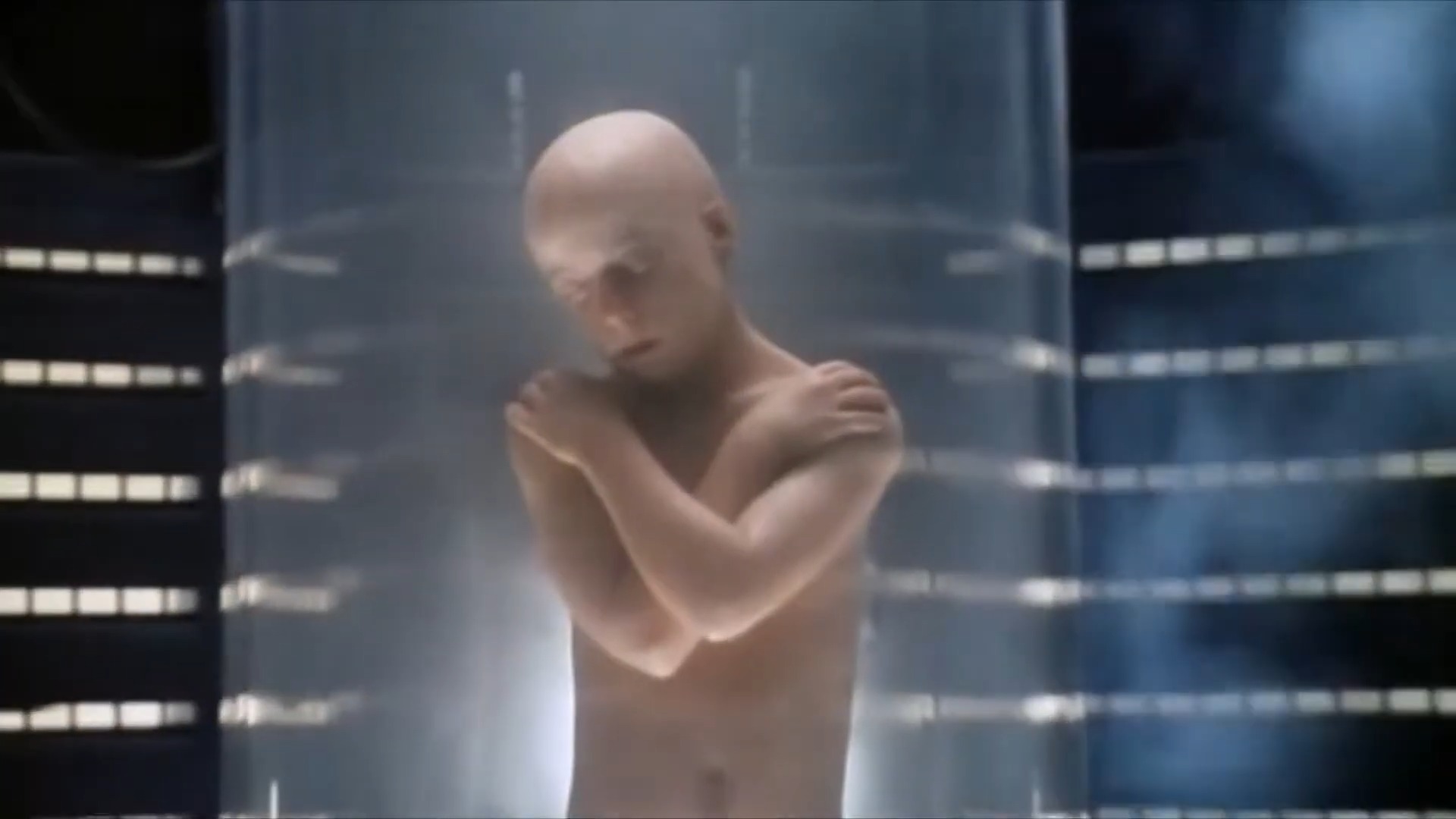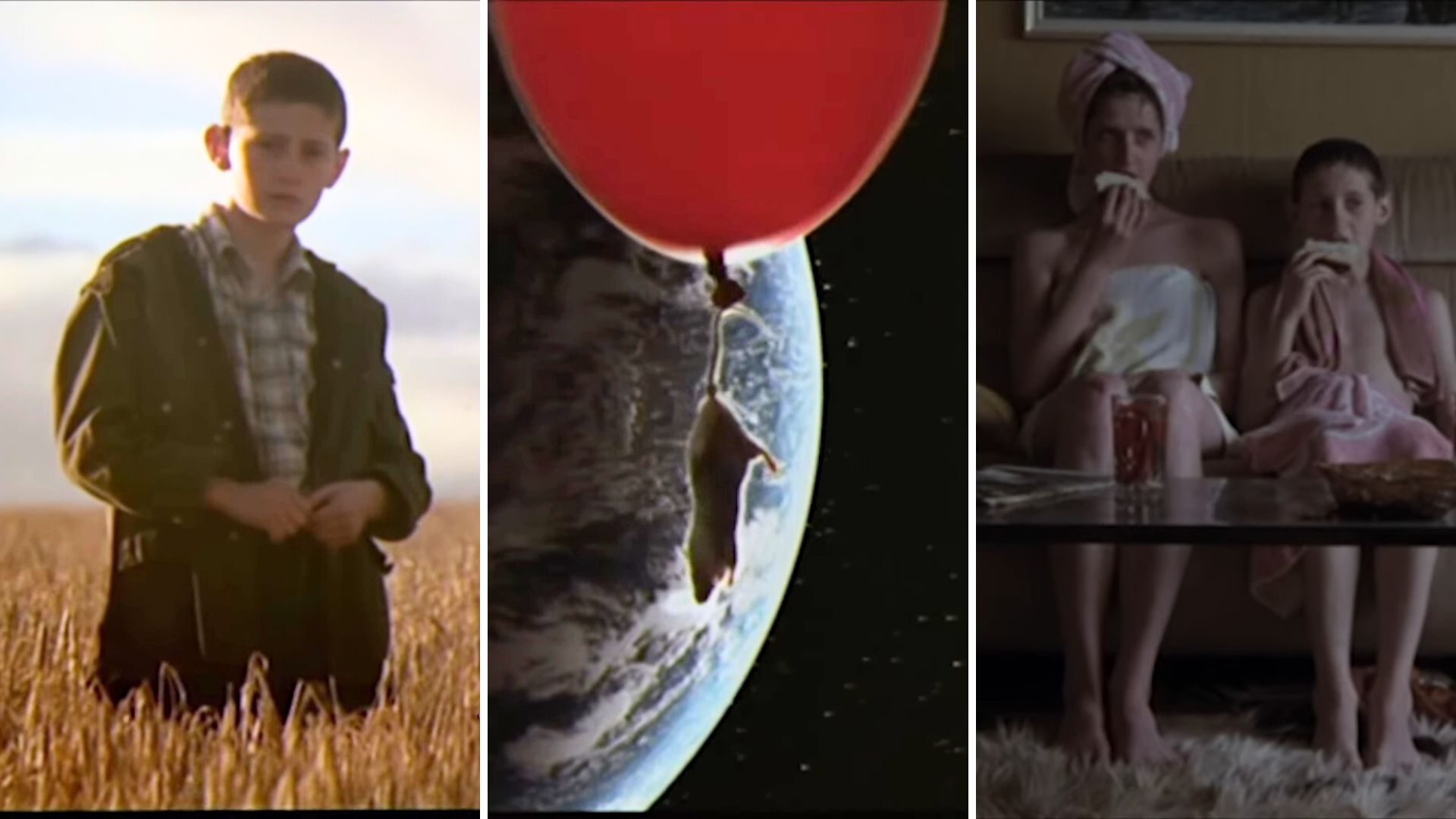
In celebration of Alien Romulus, this week we will be looking back at each film in the Alien franchise. Today, Alien Resurrection.

Alien Resurrection is the fourth film in the series, directed by Jean-Pierre Jeunet, and the last film to feature the series’ iconic protagonist. The third film famously ends with Ripley sacrificing herself, throwing her body into a pit of molten lava in order to kill the alien queen growing inside of her. Alien Resurrection decides this wasn’t a great send-off for her, and brings Sigourney Weaver back to reprise her iconic role albeit with a very different vibe.
This film takes place canonically 200 years after the events of Alien 3. Military scientists are working on their cloning capabilities and are able to successfully clone Ripley with DNA taken from the original source. It‘s fun that this is a plot device just because in 1997 DNA was the answer to everything. DNA was so new and no one really knew anything about it that it just became the perfect explanation for anything in film for a while. There are some other wild plot devices the filmmakers throw at us as well. Cloned Ripley, designated Ripley 8, is created with not just Ripley’s DNA but also a queen xenomorph’s DNA. This gives Ripley certain super skills shown off in a laughably bad basketball sequence, acidic blood, and the ability to communicate in some way with the xenomorphs.

The evil scientists of the Weyland corporation are the bad guys again, this time fully realizing their vision of creating and studying xenomorphs. With Ripley as the host and having a queen xenomorph, they are able to create and study the beasts in order to use them for a bio-weapons program. The whole plot brings about a lot of heady ideas. Ideas and themes that have kind of become standard for the Alien franchise.
The prequel films are very much about killing god or at the very least killing your creators, but here we get almost the exact same theme without tons of ancient Greek and Roman myths thrown in for flavor. Ripley’s resurrection is not just symbolic, it also gives her a deeply personal connection to the aliens, the ones she’s been fighting for twenty years at this point. The second film is driven by her maternal instinct to save Newt but here she has to actually abandon her maternal instincts and destroy beings that are created from her. Ripley is still the hero of this story and she kills more than her fair share of aliens, but it also doesn’t make a lot of sense. She’s not the same Ripley, that’s apparent throughout, and her goal is ultimately defeating the scientists that made her. But why is she not protective at all of the actual aliens? Why does she care more about saving humans than she does the aliens that share her DNA? Maybe a film with Ripley as the villain would have been more interesting but I understand the filmmakers being leery of going down that road.

Alien Resurrection does some interesting things in the films expanded universe and I think it’s actually better than Alien 3. There are some bizarre moments in this film but also some really cool ones. The underwater sequence where our heroes are being chased by apparently amphibious xenomorphs that lead them straight into a trap is brilliant. It’s one of the coolest sequences in the entire franchise. Ron Pearlman is a delight in this film and the rest of the cast seem to be having a blast making this thing. It’s very 1997, so much so that it feels like Winona Ryder was contractually obligated to be in anything weird, but that’s not entirely a bad thing. The cinematography looks a bit bleak sometimes but I like the visual aesthetic better than Alien 3. Alien Resurrection is just weird in many ways and I think I like that. It’s not a great film for sure, but it’s certainly acceptable during a re-watch. Alien Resurrection is a 6 and a fine place to leave Ripley.









